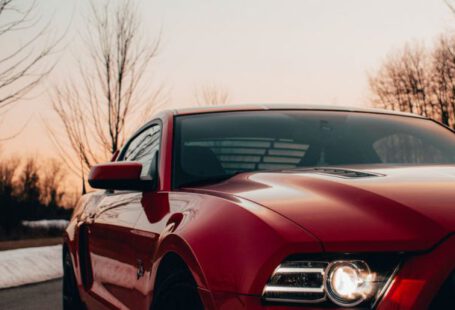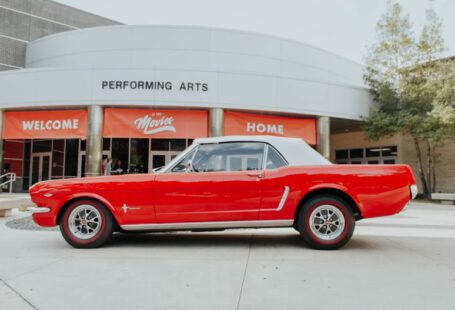Owning a classic Mustang can be a dream come true for many car enthusiasts. However, one common issue that owners of older Mustangs often face is dealing with rust. Rust can not only affect the appearance of your beloved Mustang but also compromise its structural integrity if left unchecked. In this article, we will discuss how you can identify, prevent, and fix common rust issues on older Mustangs to keep your ride looking and performing its best.
Identifying Rust Issues
The first step in addressing rust on your older Mustang is to identify where it is occurring. Rust often starts in areas that are prone to moisture and where dirt and debris can accumulate. Common areas to check for rust on a Mustang include the wheel wells, undercarriage, trunk, and around the windows and windshield. Look for bubbling or flaking paint, discolored spots, or soft areas on the metal, as these are signs that rust may be present.
Preventing Rust
Prevention is key when it comes to rust on older Mustangs. One of the best ways to prevent rust is to keep your Mustang clean and well-maintained. Regularly washing and waxing your car can help protect the paint and underlying metal from corrosion. Additionally, storing your Mustang in a garage or covered area when not in use can help prevent moisture from building up and causing rust to develop.
Another important step in preventing rust is to address any chips or scratches in the paint as soon as they occur. Exposed metal is more susceptible to rust, so touching up any areas where the paint has been damaged can help prevent rust from taking hold. Using a rust inhibitor or protective coating on vulnerable areas of your Mustang can also provide an extra layer of defense against corrosion.
Fixing Rust Issues
If you discover rust on your older Mustang, it’s essential to address it promptly to prevent it from spreading and causing further damage. The first step in fixing rust is to remove any loose or flaking rust using a wire brush or sandpaper. Once the loose rust has been removed, you can treat the affected area with a rust converter or neutralizer to stop the corrosion process.
After treating the rust, you will need to repair the damaged metal. This can involve using body filler to smooth out any pitted areas or replacing sections of metal that are too severely rusted to repair. Once the metal has been repaired, be sure to prime and paint the area to protect it from future corrosion.
For more extensive rust issues, such as rust that has compromised the structural integrity of your Mustang, it may be necessary to seek professional help. A professional auto body shop or restoration specialist can assess the extent of the damage and recommend the best course of action to repair your Mustang and prevent rust from reoccurring.
Maintaining Your Mustang
Once you have addressed any rust issues on your older Mustang, it’s essential to take steps to maintain your car and prevent rust from returning. Regularly inspecting your Mustang for signs of rust, keeping it clean and protected, and addressing any paint damage promptly can help keep your Mustang looking great for years to come.
In conclusion, rust is a common issue that many owners of older Mustangs face, but with proper identification, prevention, and repair techniques, you can keep your classic car looking its best. By staying proactive and addressing rust issues as soon as they arise, you can preserve the beauty and integrity of your beloved Mustang for years to come.





